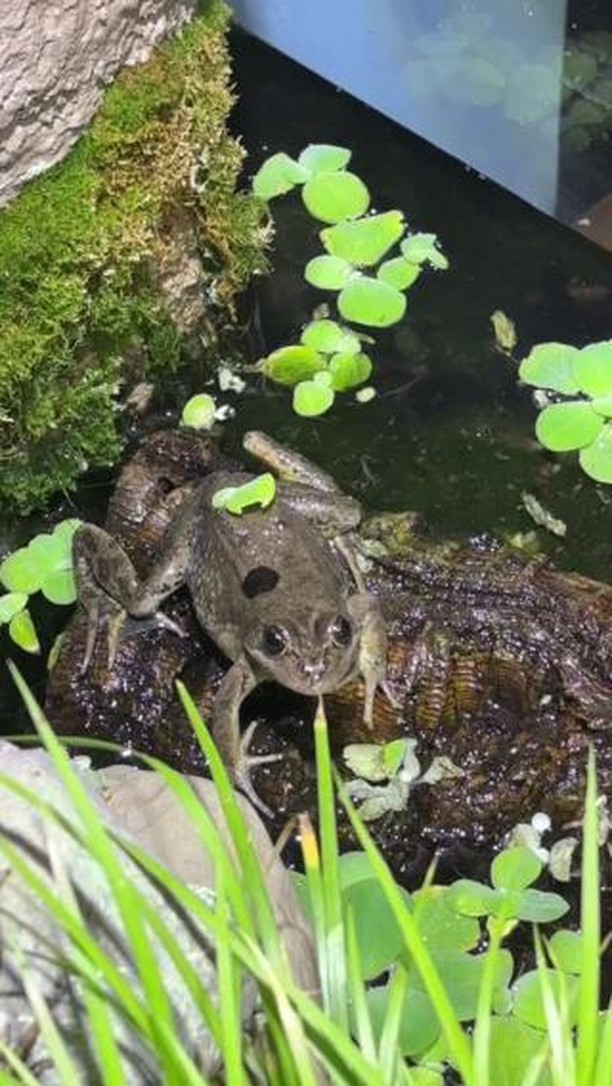- Explore the Columbian spotted frog’s biology and habitat.
- Understand the significance of World Frog Day in promoting conservation.
- Discuss the challenges faced by the Columbian spotted frog in their ecosystem.
- Highlight conservation efforts and their impact on the frog population.
- Engage readers with actionable ways to participate in conservation initiatives.
The Columbian spotted frog is an intriguing amphibian that captures interest with its distinct features. Found primarily in marshlands and sluggish streams, these creatures are most notably concentrated in Utah’s West Desert. The species has an interesting cyclic life, with unique hibernation habits. During winter months, they burrow into the mud, a survival strategy allowing them to endure harsh climates. Their biology reflects adaptations necessary for thriving in such fluctuating environments.
World Frog Day, affectionately termed "Hoppy" World Frog Day, is not just a whimsical celebration. It is a catalyst for raising awareness about the importance of protecting frog species worldwide. This day highlights both the beauty and the struggles of frogs, emphasizing their role in ecological systems. Due to their sensitivity to environmental changes, frogs serve as key indicators of environmental health, making their conservation critical.
The Columbian spotted frogs, like many other amphibians, face significant challenges. Habitat destruction, climate change, pollution, and disease are formidable threats. In Utah’s West Desert, water diversion and agricultural expansion further endanger their habitats, reducing spaces where these frogs can thrive. Such threats also diminish the quality of their existing habitats, making survival increasingly difficult.
To counter these challenges, numerous conservation efforts focus on restoring and preserving the habitats of the Columbian spotted frog. Habitat restoration involves reintroducing native plants and restoring natural water flows to create conducive environments. Scientific research and monitoring are essential, providing data on population dynamics, disease prevalence, and genetic diversity. Such research guides conservation strategies, making them more effective.
Public participation plays a crucial role in conservation success. On World Frog Day, the public is encouraged to engage in local conservation activities. Participating in citizen science projects, reducing pesticide use, or supporting conservation organizations can have significant positive impacts. Educational events offer insights into the lives of Columbian spotted frogs and promote understanding of their importance in the ecosystem.
Communication is crucial for promoting widespread conservation efforts. Sharing knowledge about the Columbian spotted frog’s life and challenges fosters a deeper appreciation and desire to protect these animals. Through environmental education, communities can learn actionable steps to protect native species. Schools and educational institutions often participate by organizing field trips or nature walks, creating awareness from a young age.
Hoppy World Frog Day serves as a reminder of the intricate ecological webs that sustain life on Earth. By learning from and celebrating frogs, we heighten awareness of broader environmental issues. For the Columbian spotted frog, conservation efforts are not only necessary for their survival but also for maintaining biodiversity and healthy ecosystems. Each individual action, whether big or small, contributes to the larger goal of ecological preservation.
In conclusion, World Frog Day is more than a celebration; it’s a call to action for conservation. The focus on the Columbian spotted frog highlights the need for concerted efforts to protect vulnerable species. Enhanced understanding, proactive conservation actions, and community engagement are essential to building a sustainable future for these captivating creatures and their habitats. Visiting their habitat not only supports conservation endeavors but also allows us to reconnect with nature, fostering a spirit of stewardship for generations to come.
*****
Source Description
“Hoppy” World Frog Day! To celebrate, we are taking you to the Columbian spotted frog habitat while we feed them! 🐸
Columbian spotted frogs can be found in marshlands or slow-moving streams, and in Utah, they are primarily found in the West Desert. In the winter, they like to burrow into the mud to hibernate.
Be sure to stop by their habitat today and wish them a happy Frog Day!


